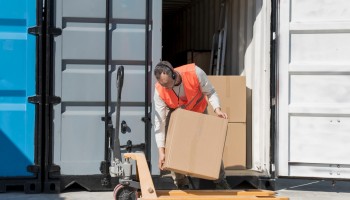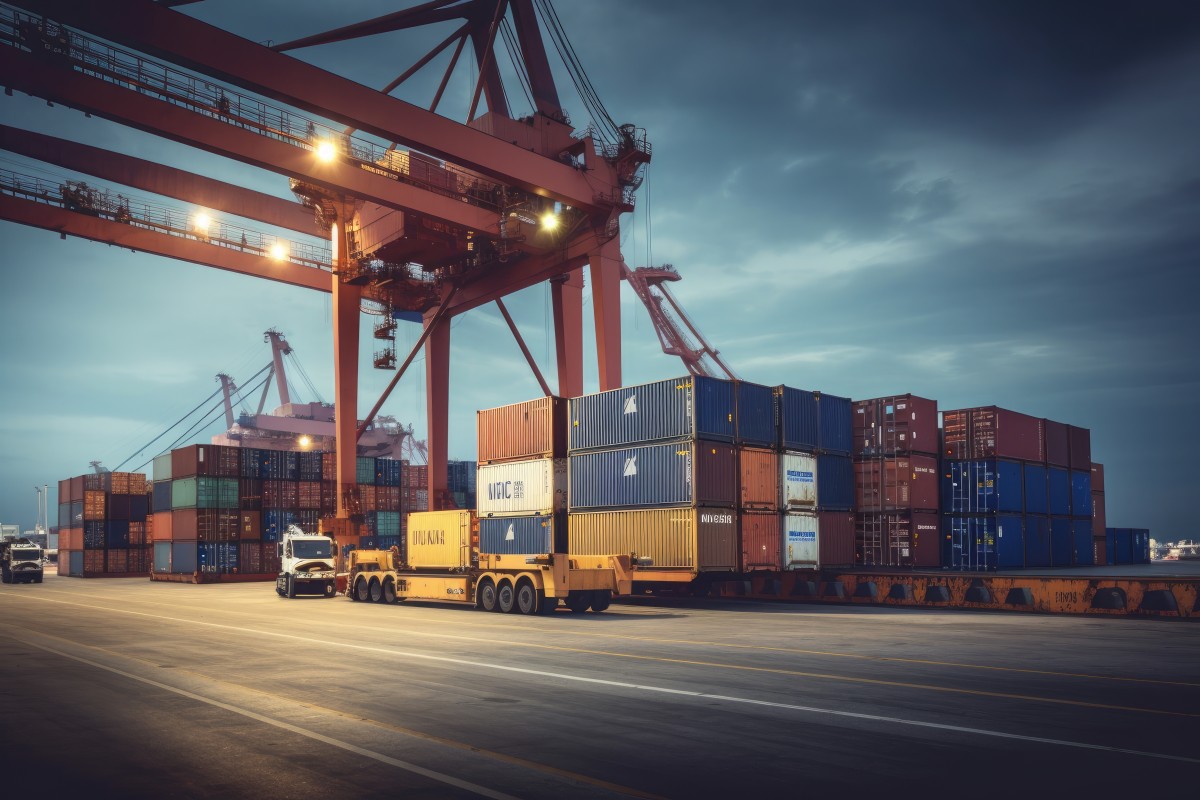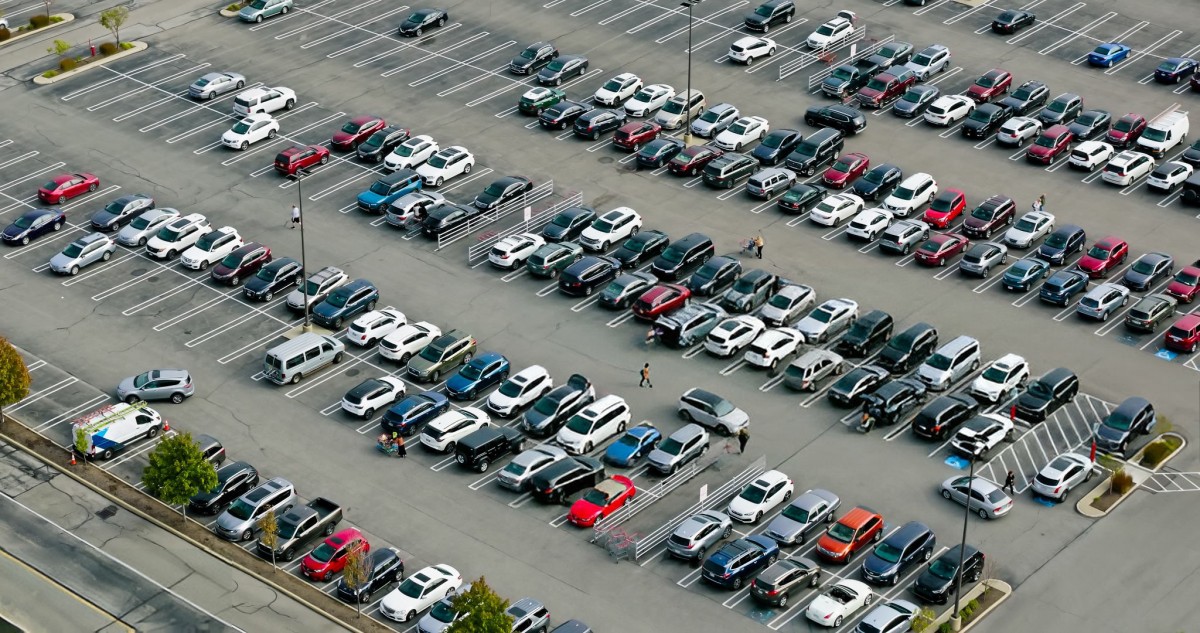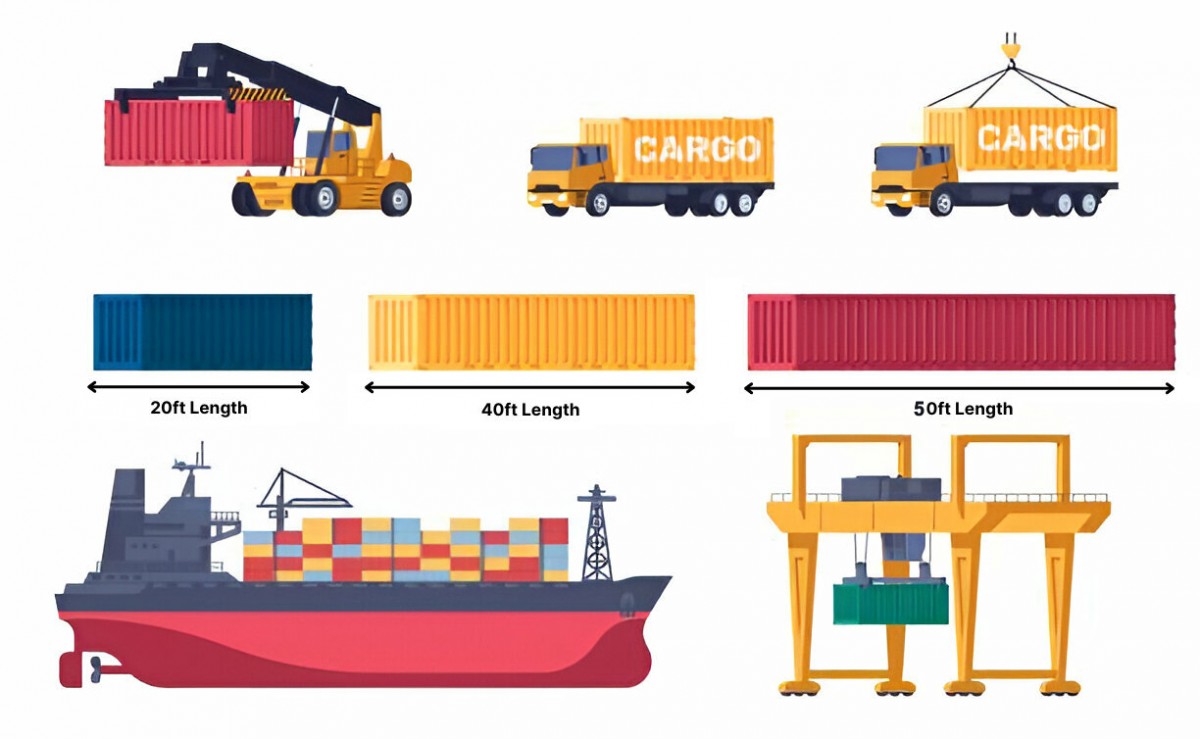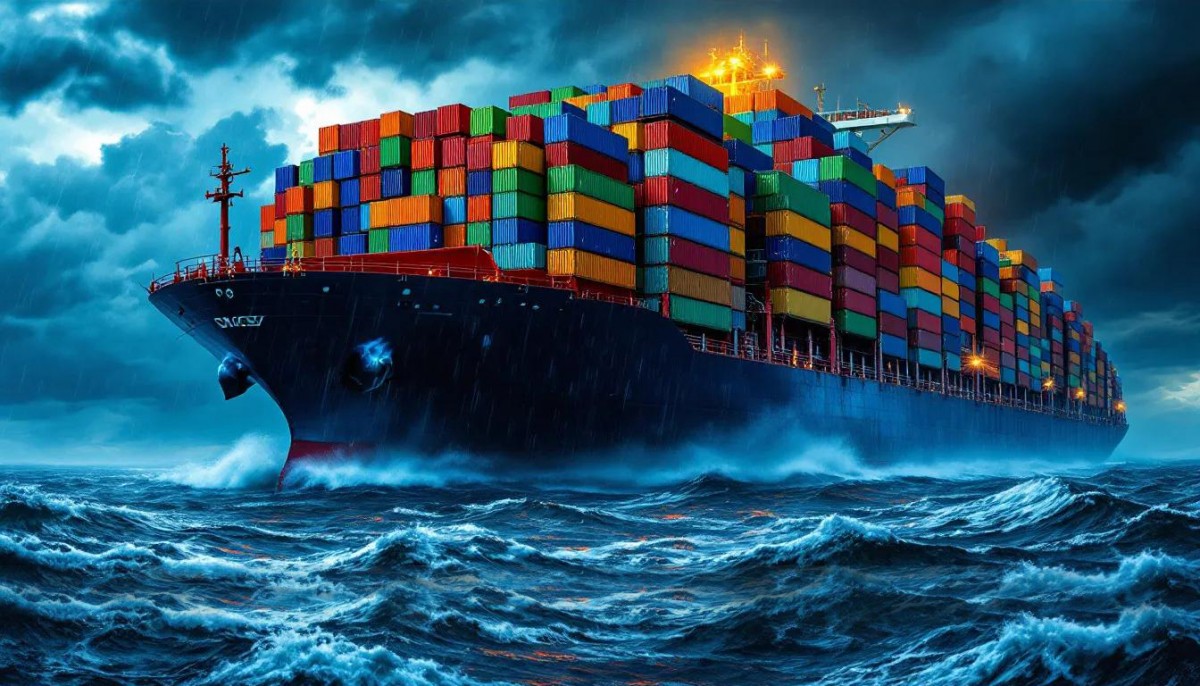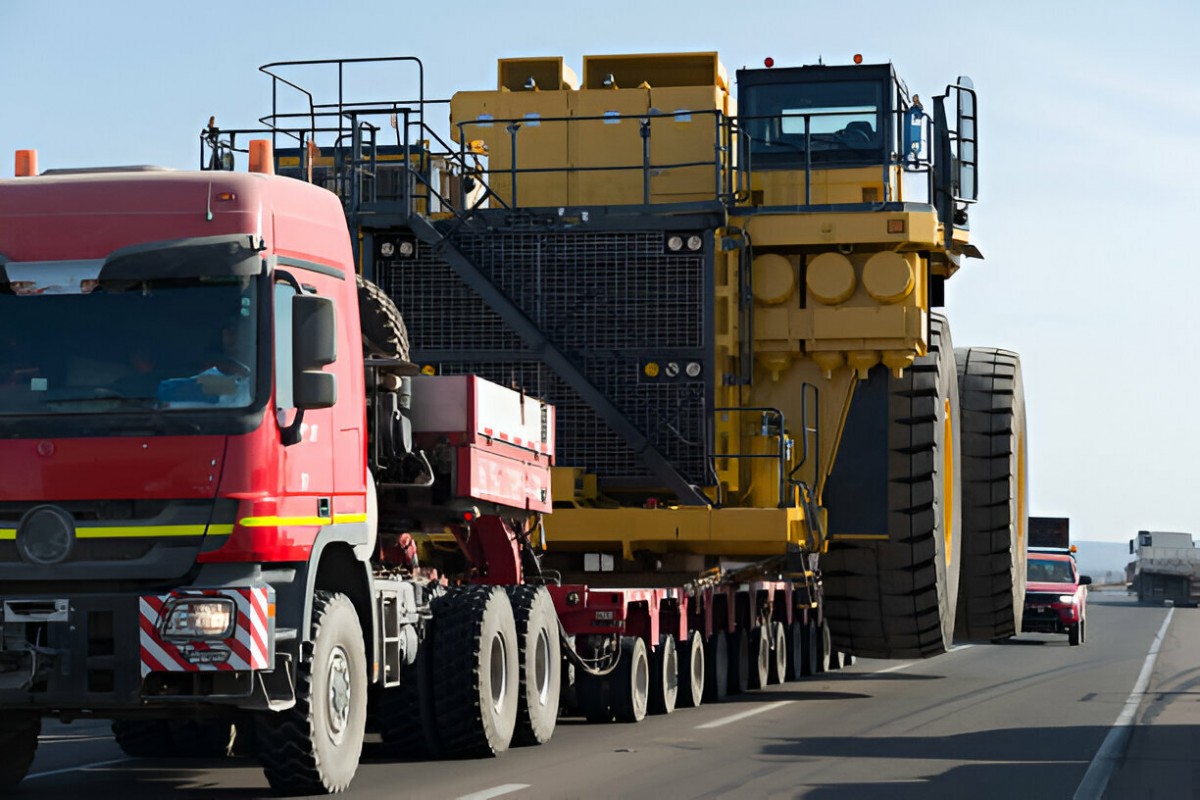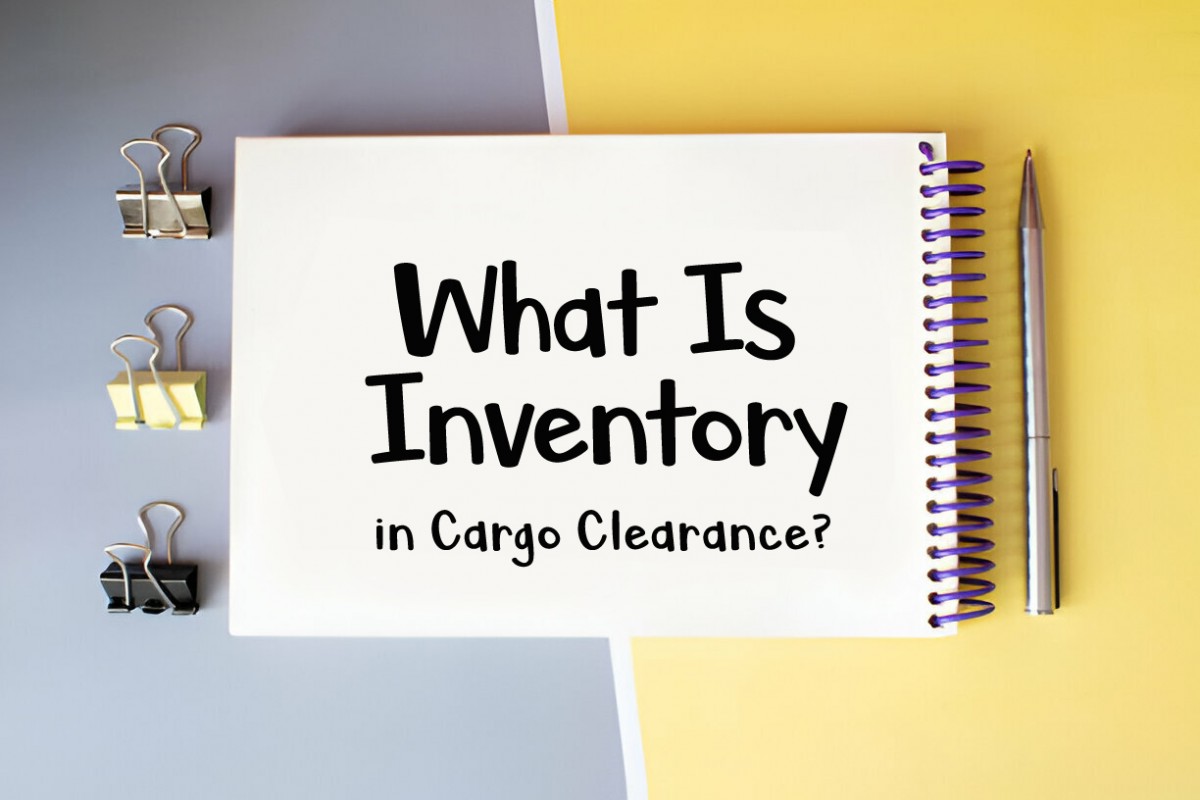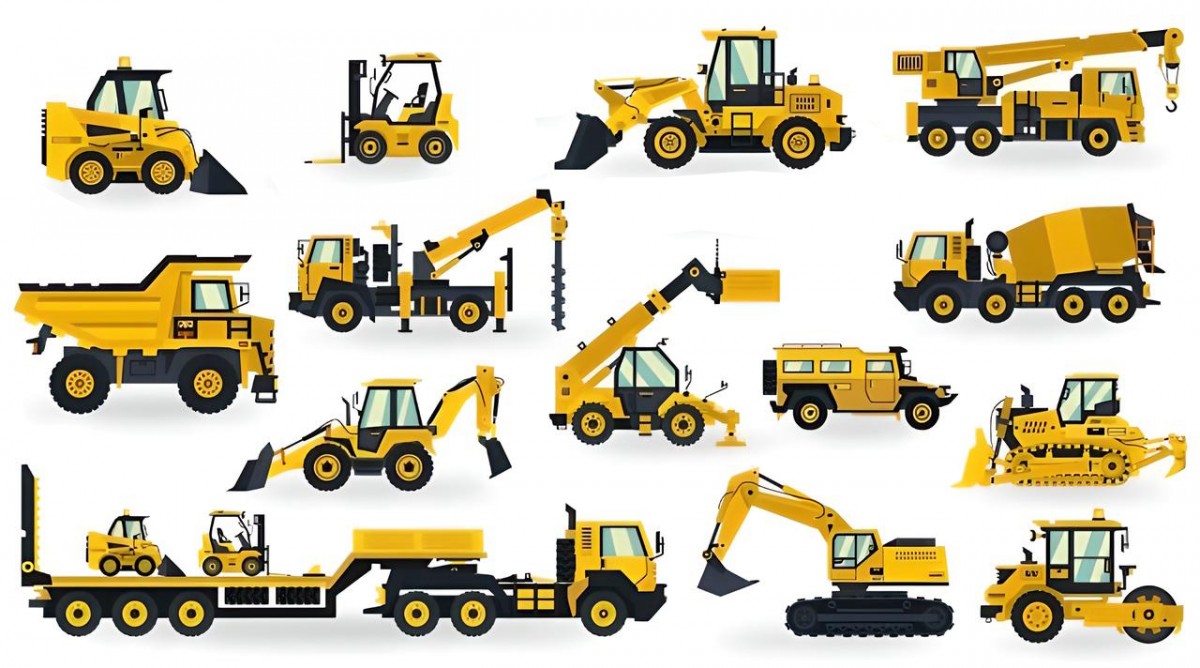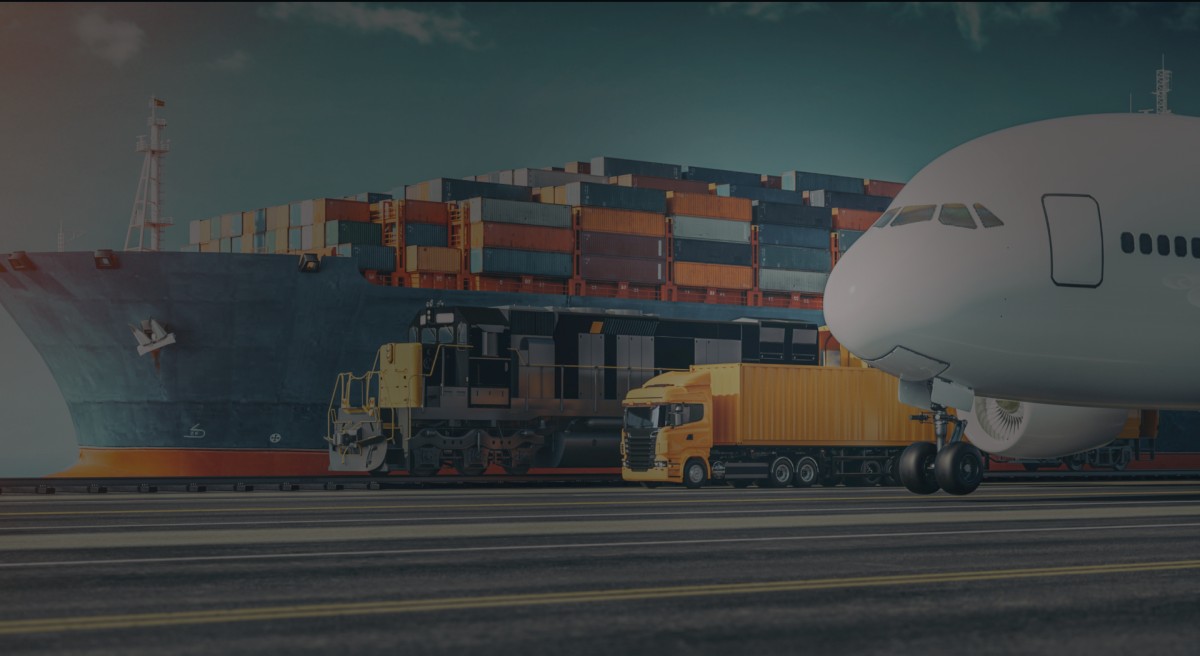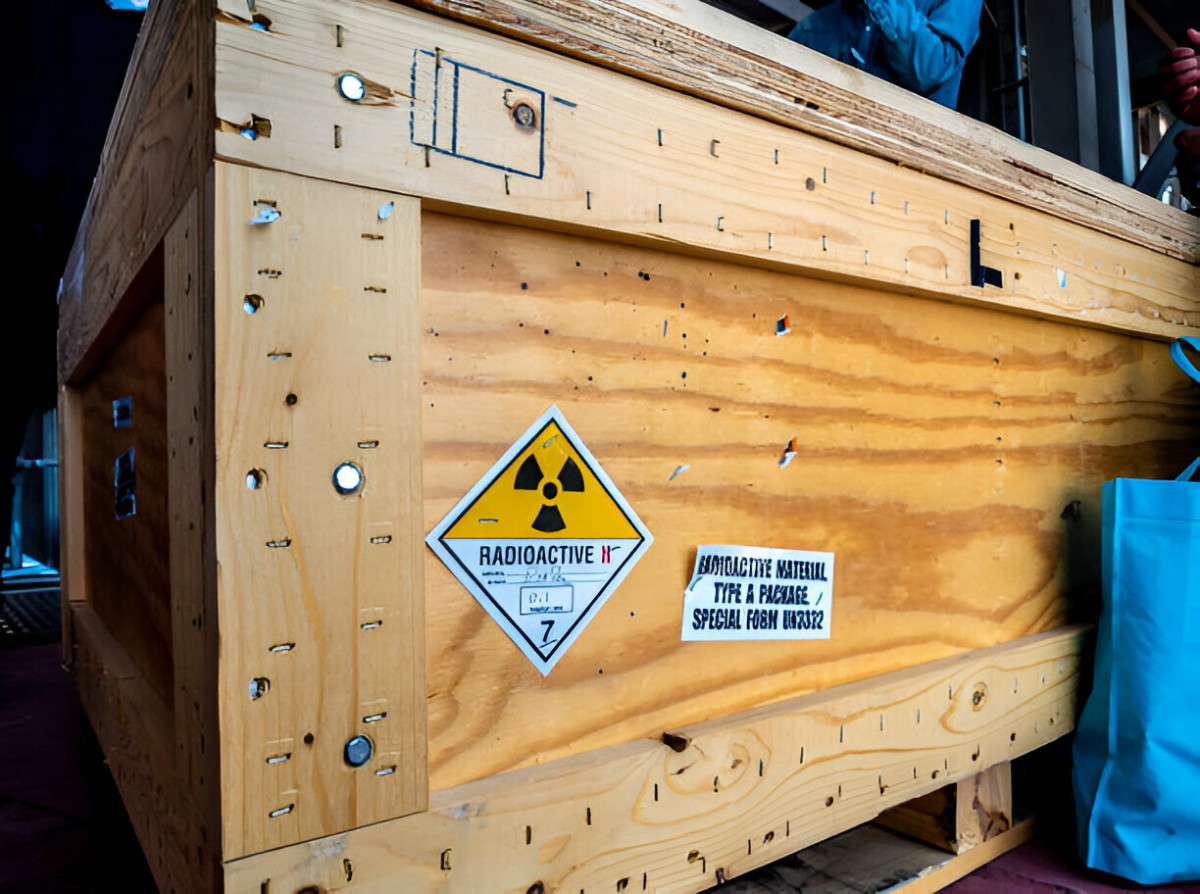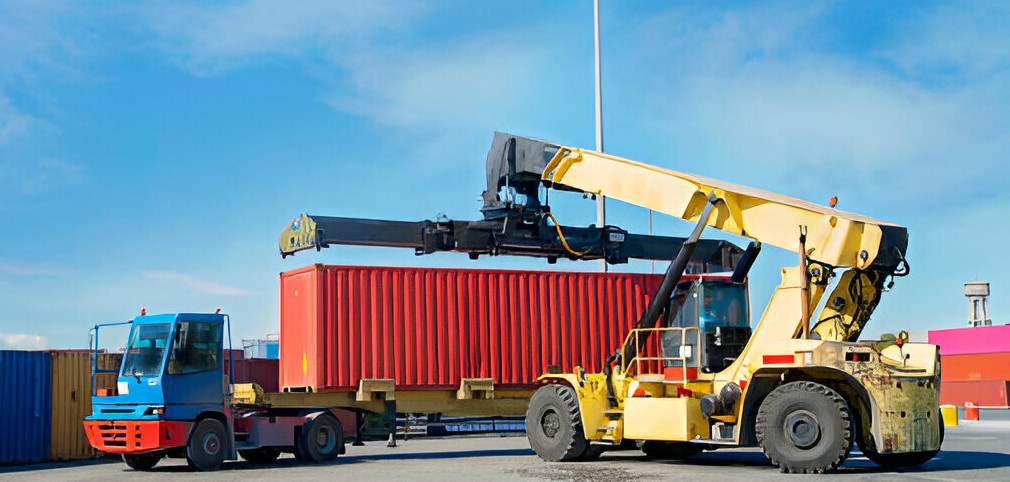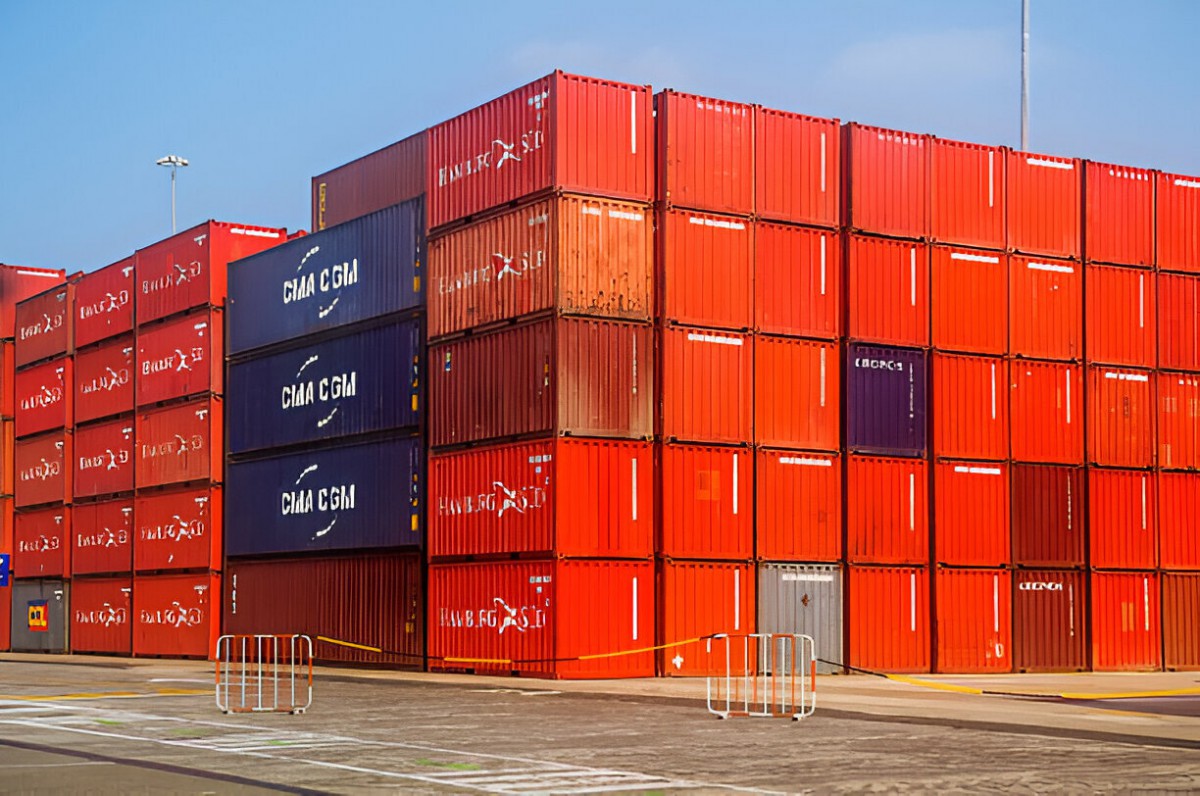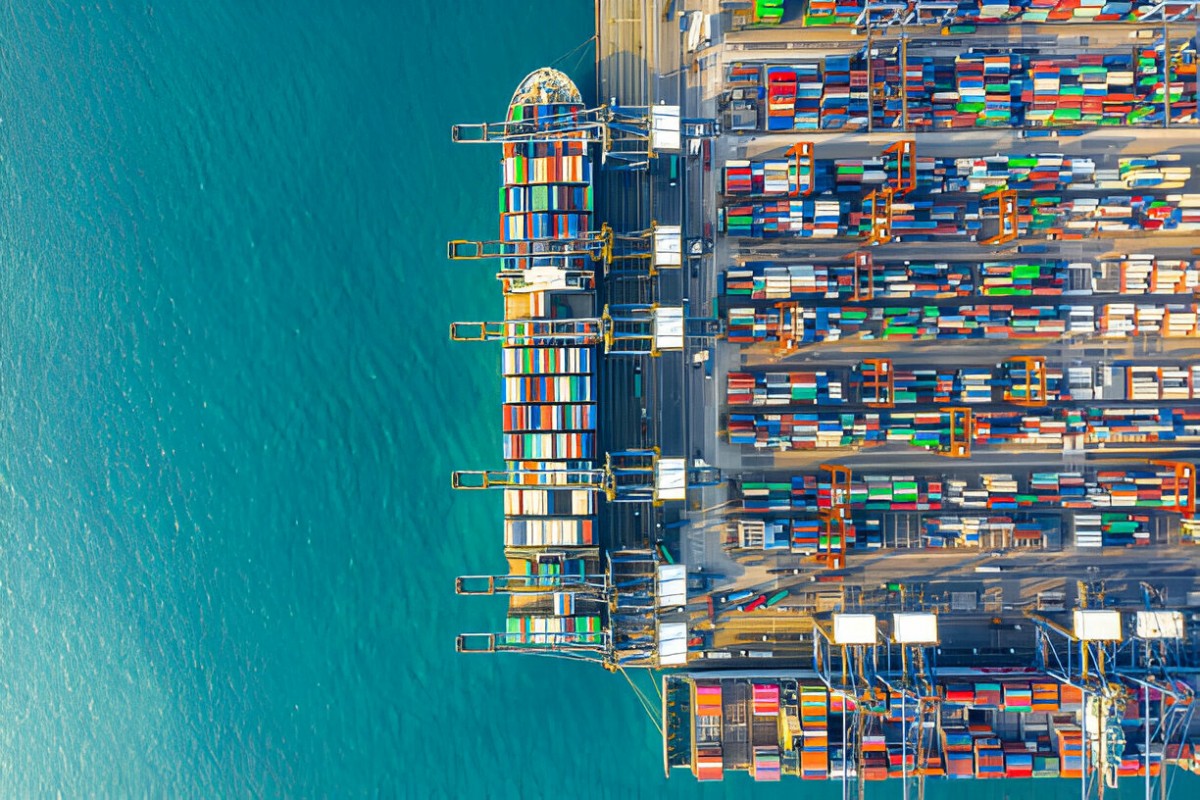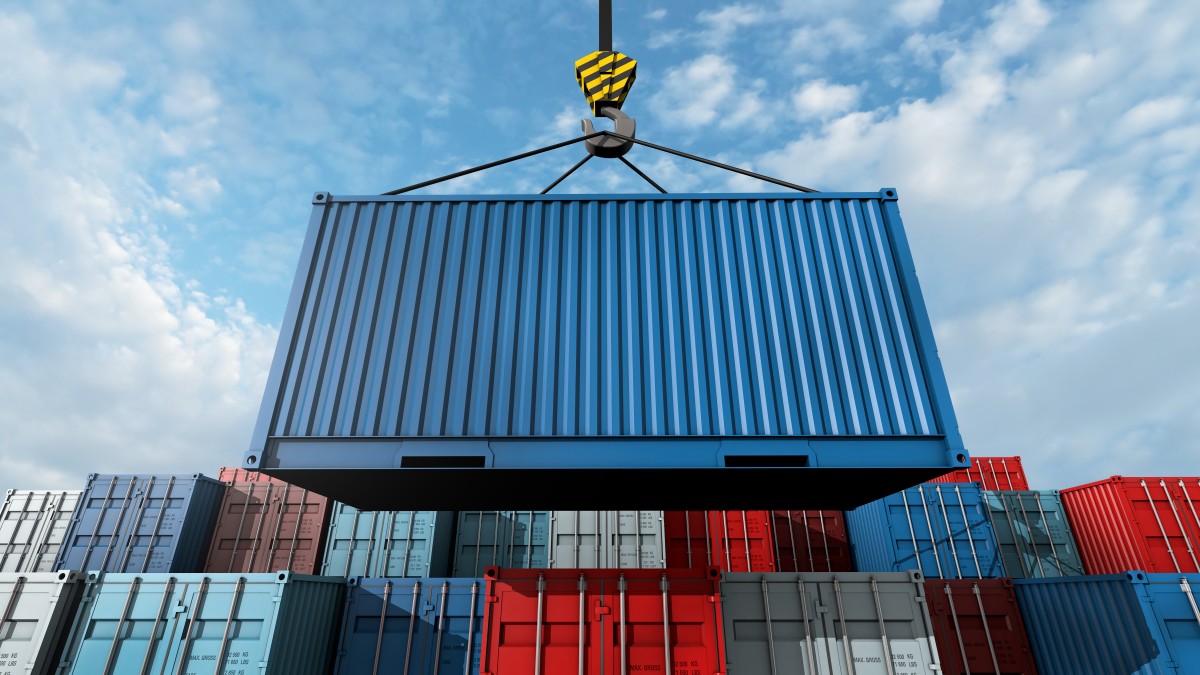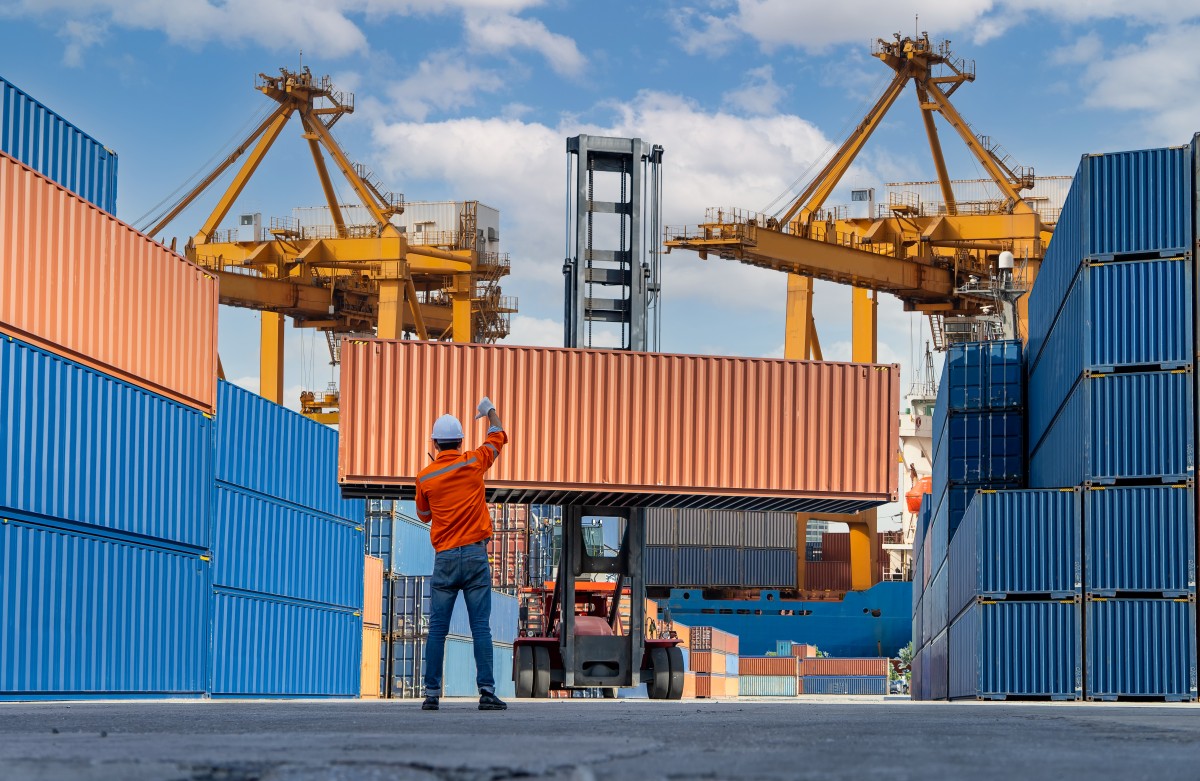What is a Shipping Container?
A shipping container is a standardized, sturdy metal box designed for transporting goods safely and efficiently across sea, land, and sometimes air. These containers simplify the loading and unloading process and protect cargo from environmental damage, theft, and physical impact. They are essential tools in global trade and logistics.
Different types of containers are used depending on the type of cargo and transportation needs. Below is a comprehensive overview of the most common container types.
Types of Shipping Containers
1. Dry Storage Container

- The most common container type.
- Used for transporting general-purpose dry cargo.
- Available in 20ft and 40ft sizes.
2. Flat Rack Container

- Open sides, often with collapsible or no end walls.
- Ideal for oversized or heavy items such as machinery and vehicles.
- Allows loading from the top or sides.
3. Open Top Container

- No fixed roof; has a removable tarpaulin instead.
- Used for cargo too tall for standard containers.
4. Open Side Storage Container

- Side walls can open completely.
- Facilitates easy loading of wide or long goods.
5. Refrigerated ISO Container (Reefer)
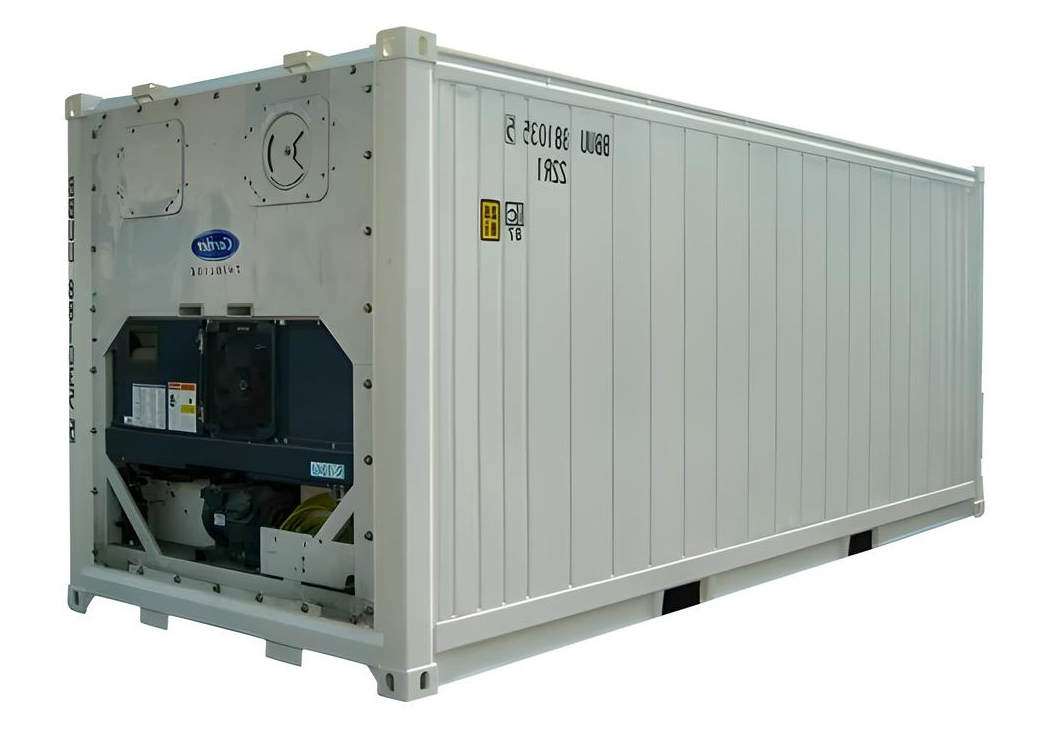
- Has a built-in refrigeration unit.
- Used for temperature-sensitive goods like food and pharmaceuticals.
6. ISO Tank Container

- Designed for bulk liquids.
- Made of stainless steel with insulation.
7. Half-Height Container

- Shorter than standard containers.
- Suitable for heavy goods such as ore or minerals.
8. Special Purpose Containers
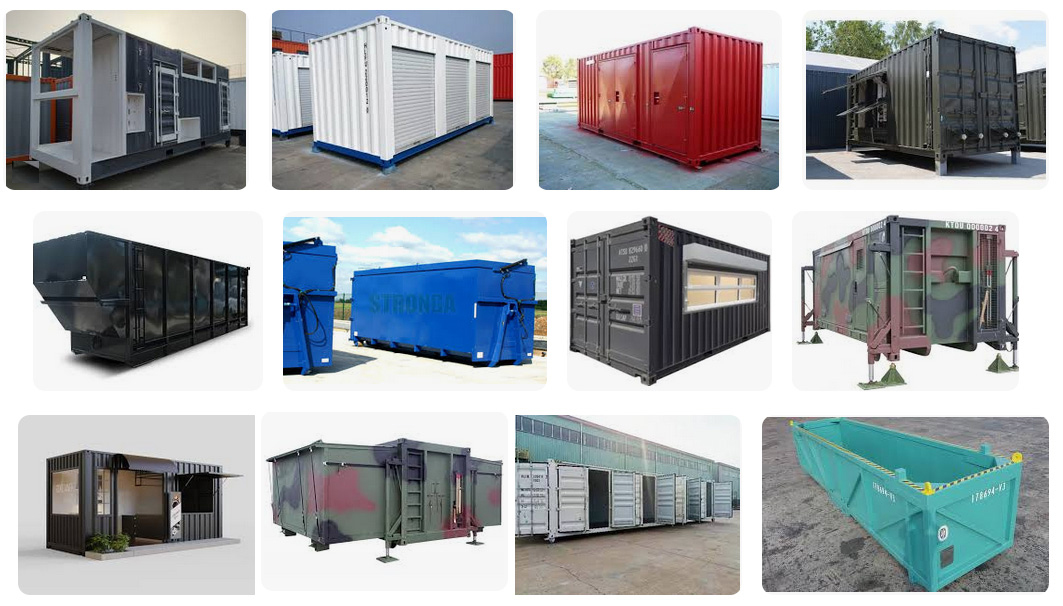
- Customized designs for specific uses (e.g., mobile labs, military, emergency response).
Other Types of Containers:
9. Ventilated Container

- Equipped with ventilation systems.
- Used for goods like coffee or cocoa that need airflow.
10. Insulated Container

- Thermally insulated walls but no active cooling.
- Helps maintain temperature in hot or cold climates.
11. Car Carrier Container

- Designed for safe transport of vehicles.
- Often includes ramps and securing systems.

Frequently Asked Questions about Shipping Containers
1. What is the most commonly used container type?
The Dry Storage Container is the most commonly used for general cargo transport.
2. What's the difference between a refrigerated and an insulated container?
A refrigerated container has an active cooling system, while an insulated one just retains internal temperature.
3. Which container is suitable for transporting liquids?
ISO Tank Containers are specifically designed for carrying liquids.
4. Can vehicles be transported in containers?
Yes, Car Carrier Containers are designed for safe vehicle transport.
5. What are standard container dimensions?
The most common sizes are 20-foot and 40-foot, with High Cube variants offering extra height.
6. Can heavy cargo be shipped in containers?
Yes, Flat Rack and Half Height containers are built to handle heavy and oversized loads.
7. Are containers insured during shipping?
Yes, most freight companies offer container and cargo insurance.
8. Can containers be rented?
Yes, containers can be rented or purchased from logistics providers like Nox Shipping.
9. What items are prohibited in containers?
Explosives, radioactive materials, and items banned by the destination country cannot be shipped in containers.
10. How is the container shipping cost calculated?
Costs depend on container type, origin, destination, weight, volume, and extra services.
11. What is container demurrage and how is it calculated?
Demurrage is a fee charged when a container is not picked up, unloaded, or returned to the shipping line within the allowed free time. It is usually calculated per day and varies depending on container type and port regulations.
Novex Shipping, with over 16 years of experience in international transportation and container services, is proud to be one of the leading companies in the maritime logistics industry. With access to a vast network of shipping lines, we provide a wide range of standard and specialized containers tailored to our clients’ needs.
📞 Contact us today for a consultation and competitive shipping rates!



